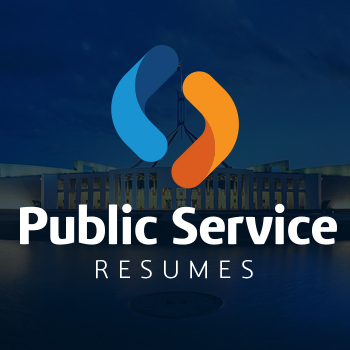When applying for Australian Government positions, many of us are accustomed to responding to the standard criteria of ‘contributes to strategic thinking, achieves results, supports productive working relationships, displays personal drive and integrity, and communicates with influence’, with the challenge of reaching approximately 500 words per criterion. However, it is becoming more common to be faced with the new challenge of addressing the same, or a number of specific criteria, within a set word, character, or page limit. Australian Government recruitment panels place great importance on selection criteria responses, and it is crucial that you meet all of the requirements to ensure you have an outstanding application. Even if you have a brilliant resume that shows you have excellent skills and qualifications to do the job and you have written an absolutely sensational cover letter, if you don’t address the selection criteria in a separate document within the specified word limits that explains how well you fit each criterion, chances are you will be overlooked.
So how do you fit all of your demonstrated skills, experience and achievements into one page?! The best place to start is the duty statement or role description, which will help you to understand the responsibilities and tasks required in the job. The selection criteria points describe the personal qualities, skills, abilities, knowledge and qualifications an application needs to perform the role effectively. The most important aspect of addressing selection criteria is to provide evidence through relevant examples. That is, supporting your claims with actual, specific examples of what you have done and how well you did it. Clearly and succinctly outlining your skills, experience and achievements against the selection criteria is the only way to satisfy the selection committee and gain you a chance at making it to the next stage of the recruitment process.
Part of the trick of responding to selection criteria is identifying and understanding the keywords in each criterion and incorporating these into your response. These subtle differences and the way you word your response could be what sets you apart from the other applicants. Therefore, it is important to know the difference between phrases such as ‘ability to’ (having the skills), ‘knowledge of’ (familiarity gained from actual experience and/or study), and ‘capacity to’ (similar knowledge and experience in other areas). If you can incorporate your understanding of these terms into your response, then you are on the right track to submitting an outstanding statement.
Now, back to trying to squeeze all of this information onto the one page. You could reduce the font size and margins as small as you can, but that will most likely frustrate the reader. You could use dot points to briefly outline your claims, but that will not provide the reader a clear enough picture of what you can offer. Or, you could just ignore the word limit and write until your heart is content, which would most likely result in your application being placed on the no thankyou pile. As a general rule with one-page statements, if you focus on one paragraph per criterion, you will most likely hit the mark. Remember to be concise and to the point, with no ‘waffle’ and lengthy descriptive sentences. You want the reader to know what is happening in the first sentence and the best way to do this is to follow the STAR (Situation, Task, Action, Result) format within each paragraph. Once you have completed your statement of claims in relation to selection criteria, check over your responses and make sure there are no typographical errors and that the sentences read well.









